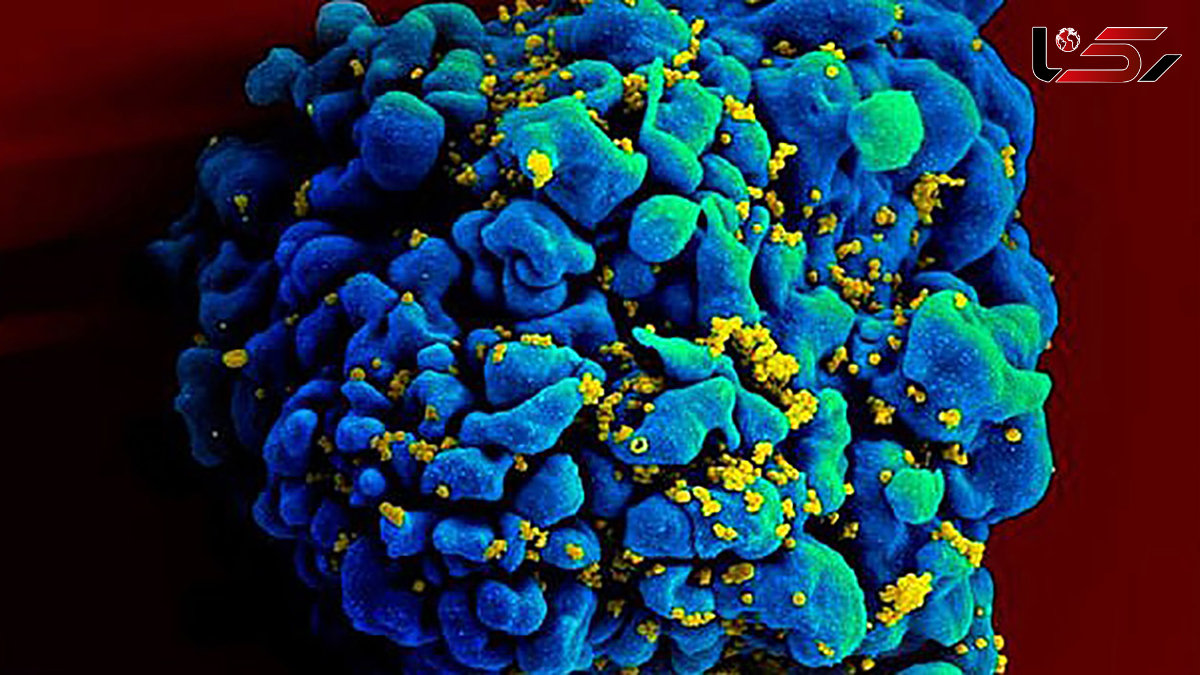Deadly Ebola-like virus CAN spread between people: CDC reveals the rare infection was passed from one patient to four others in Bolivia last year
Rokna:A deadly Ebola-like disease found in Bolivia can spread from person to person, the US Centers for Disease Control and Prevention (CDC) warned on Monday.

Known as the Chapare virus, the infection causes high fevers, abdominal pain, bleeding gums, eye pain and skin rashes.
A single case was reported in the Bolivian province for which the disease is named in 2003 after it made the jump from animals - apparently through the bites or scratches of rodents - to humans.
But now the CDC has confirmed during a Monday conference that it reappeared in 2019 and spread from one patient to four others - and three of the five total cases proved fatal, LiveScience reported.
If this sounds like coronavirus deja vu, it isn't, CDC officials say. They note that hemorrhagic fevers like Chapare and Ebola very rarely become widespread because they have immediate, obvious symptoms and often, sadly, turn fatal before they have a chance to spread.
And most of the people who died in the 2019 outbreak were not random, untraceable contacts, but health care workers who had to interact with the infected person in the course of caring for them.
With the additionally confirmed cases of Chapare virus, there have only been six known incidences to-date.
After the initial case, nearly two decades ago, the virus seemed to disappear.
But last year, a hospital near La Paz, Bolivia's capital, reached out to CDC investigators.
They'd had a strange cluster of illnesses and suspected dengue fever, a common mosquito-borne disease in tropical regions.
Like Ebola, dengue can cause abdominal pain and nausea, pain behind the eyes, aches and pain in the joints and muscles and, if it progresses to more severe form, life-threatening internal bleeding.
But when the Bolivian scientists tested the samples taken from the five patients, they came up completely negative for dengue, as well as for a whole panel of other infections found in the region including other hemorrhagic fevers and yellow fever.
The hospital didn't have an assay - a profile that reacts to a given pathogen - for Chapare virus, which had only been detected once in humans.
But the CDC did, and the each of five samples contained bits of the Chapare virus's genetic material.
And the similarities and changes in the samples suggested that they were passed from person to person.
Through their investigation, the CDC scientists suspect that the medical resident who died in the outbreak probably passed the virus to the ambulance medic who resuscitated her via CPR en route to the hospital, allowing transmission of the virus through bodily fluids.
Rodents droppings found near the late first patient's home also contained the virus, suggesting the route by which the virus made the jump from animals to humans.
One patient who survived still had detectable levels of Chapare in his semen, 168 days after he caught it.
The findings are scary for two reasons: the virus can be spread from human to human - the mode of transmission that allowed COVID-19 to become a pandemic - and it can linger, at least in trace amounts for a long time.
So far, four out of six people who have had Chapare have died.
While this makes the virus exponentially more fatal than coronavirus, it also means the virus has less of an opportunity to spread.
It's also a very symptomatic disease, and symptoms appear almost instantly after infection.
That's the opposite of coronavirus, for which an estimated 40 percent of cases are asymptomatic, making it top U.S. infectious disease specialist Dr Anthony Fauci's 'nightmare' virus.
Daily Mail

Send Comments